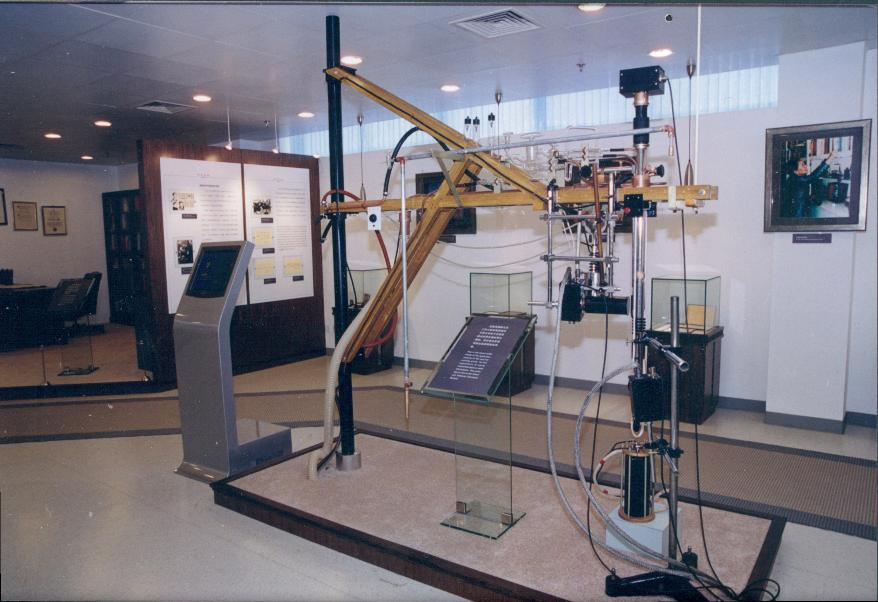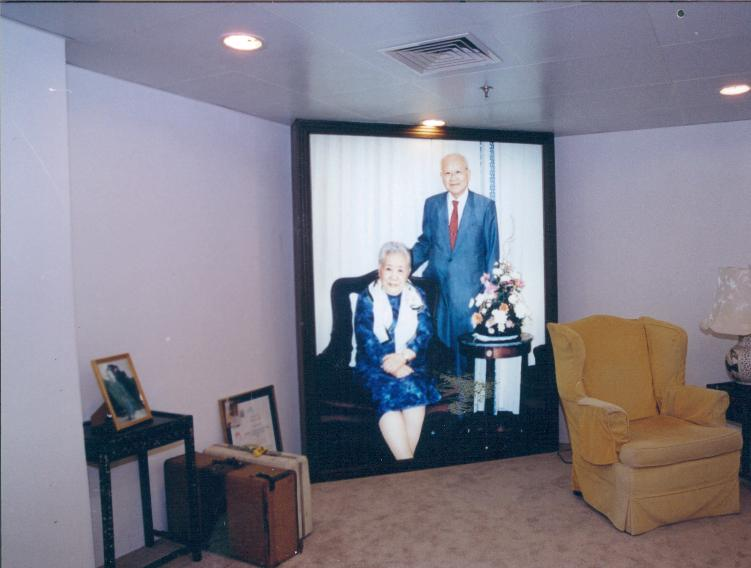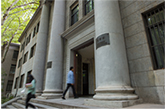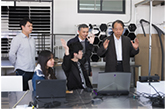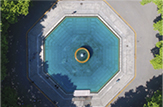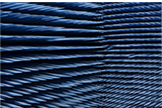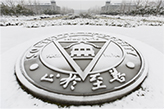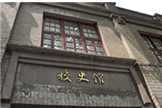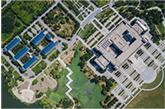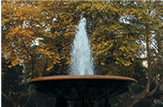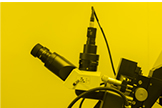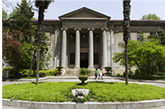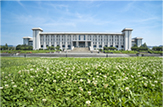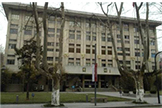The specially planned column "Distinguished Alumni" tells the life stories of distinguished alumni of SEU, through which our beloved guests will get to konw the university better, and to understand the school motto "striving for perfection" fully.
Chien-Shiung Wu (May 31, 1912 – February 16, 1997) was a Chinese-American physicist with expertise in the techniques of experimental physics and radioactivity. Wu worked on the Manhattan Project (she helped to develop the process for separating uranium metal into the U-235 and U-238 isotopes by gaseous diffusion). She later performed experiments that contradicted the Law of Conservation of Parity and which confirmed the theories of colleagues. Her honorary nicknames include the First Lady of Physics, the Chinese Marie Curie, and Madame Wu.
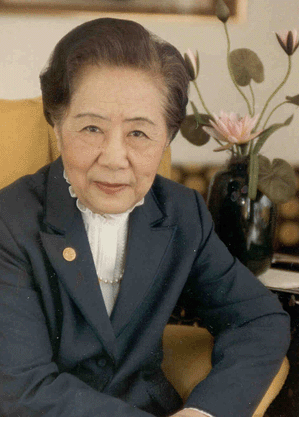
Life in China
Wu was born on May 31, 1912, in Liuho. Her ancestral hometown is Taicang in Jiangsu province. She was raised in Liuhe, a small town in Taicang about 40 miles from Shanghai. Her father, Wu Zhongyi,was a proponent of gender equality, and he founded the Mingde Women's Vocational Continuing School. Wu left her hometown at the age of 11 to go to the Suzhou Women's Normal School No. 2.
In 1929 Wu was admitted to the National Central University which was the predecessor the Southeast University. According to the governmental regulations of the time, normal school (teacher-training college) students wanting to move on to the universities needed to serve as school teachers for one year. Hence, in 1929 Wu went to teach in the Public School of China, which had been founded by Hu Shi in Shanghai.
From 1930 to 1934, Wu studied in the Physics Department of the National Central University. For two years after graduation, she did graduate-level study in physics and also worked as an assistant at the Zhejiang University. After this, Wu became a researcher at the Institute of Physics of the Academia Sinica.
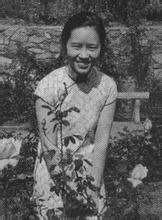
Life in the United States of America
Upon receiving a favorable response in 1936, Wu and her female friend, Dong Ruofen, a chemist from Taicang, China, embarked on the long steamship voyage from China to the West Coast of the United States. The two women most likely arrived at the large seaport of San Francisco, because Wu enrolled in graduate school at the University of California located then just in Berkeley, California, which is also on San Francisco Bay. After some time there, Wu's high abilities and good fortune found her a position as a graduate student under the supervision of one of the world's leading physicists, Ernest O. Lawrence, who won the Nobel Prize for Physics in 1939 for his invention of the cyclotron particle accelerator and the development of its applications in physics.
Under Dr. Lawrence, Wu made rapid progress in her education and her research, and she completed her Ph.D. degree in 1940.
Wu married the physicist Luke Chia-Liu Yuan, two years later, in 1942. Luke Chia-Liu Yuan's grandfather was Yuan Shikai, the first President of the Republic of China and in his final days—notoriously—a short-lived, self-proclaimed Emperor of China. Wu and her husband became the parents of one son, Vincent Yuan, who also became a physicist.
Wu died on February 16, 1997 after suffering her second stroke at the age of 84.
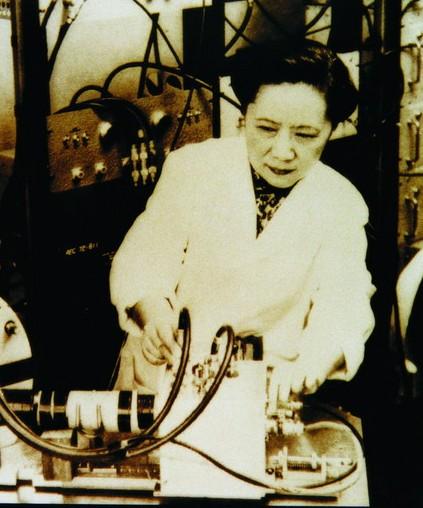
Academic Career
The new Yuan family moved to the East Coast of the U.S., where Wu became a faculty member at, first, Smith College, then Princeton University in New Jersey for 1942-44, and finally at Columbia University in New York City, beginning in 1944 and continuing for many years after the war, all the way through 1980.
At Columbia University, Wu also did research and development for the Manhattan Project. She helped to develop the process for separating uranium metal into the U-235 and U-238 isotopes by gaseous diffusion. This was the process that was implemented on a gigantic scale at the K-25 Plant near Oak Ridge, Tennessee, whose construction began in 1944.
In her research at Columbia, Wu also worked to develop improved Geiger counters for measuring nuclear radiation levels.
At Columbia Wu knew the Chinese-born theoretical physicist Tsung-Dao Lee personally. In the mid-1950s, Lee and another Chinese theoretical physicist, Chen Ning Yang, grew to question a hypothetical law in elementary particle physics, the Law of Conservation of Parity. Their library research into experimental results convinced them that this Law was valid for electromagnetic interactions and for the strong nuclear force. However, this Law had not been tested for the weak nuclear force, and Lee & Yang's theoretical studies showed that was probably not true. Lee and Yang worked out the pencil and paper design of several experiments for testing the Conservation of Parity in the laboratory. Lee then turned to Wu for her expertise in choosing and then working out the hardware manufacture, set-up, and laboratory procedures for carrying out the experiment.
Wu chose to do this for an experiment that involved taking a sample of radioactive cobalt 60 and cooling to cryogenic temperatures with liquid gasses. Cobalt 60 is an isotope that decays by beta particle emission, and Dr. Wu was also an expert on beta decay. The extremely low temperatures were needed to reduce the amount of thermal vibration of the cobalt atoms to practically nil. Also, Dr. Wu needed to apply a constant and uniform magnetic field across the sample of cobalt 60 in order to cause the spin axes of the atomic nuclei to all line up in the same direction.
For this cryogenic work, Dr. Wu needed the expertise and the facilities of the National Bureau of Standards in liquid gases to aid her. She thus traveled to NBS headquarters in Maryland with her equipment to carry out the experiments.
Lee and Yang's theoretical calculations predicted that the beta particles from the cobalt 60 atoms would be emitted asymmetrically if the hypothetical Law of Conservation of Parity proved invalid. Dr. Wu's experiments at the NBS showed that this is indeed the case: parity is not conserved under the weak nuclear interactions. This was also very soon confirmed by her colleagues at Columbia University in different experiments, and as soon as all of these results were published—in two different research papers in the same issue of the same physics journal—the results were also confirmed at many other laboratories and in many different experiments.
The discovery parity violation was a major contribution to high energy physics and the development of the Standard model. In recognition for their theoretical work, Lee and Yang were awarded the Nobel Prize for Physics in 1957. Wu received the first Wolf Prize in Physics in 1978 for her experimental work.
An additional important experiment carried out by Dr. Wu was the confirmation of the Pryce and Ward calculations on the correlation of the quantum polarizations of two photons propagating in opposite directions. This was the first experimental confirmation of quantum results relevant to a pair of entangled photons as applicable to the Einstein-Podolsky-Rosen (EPR) paradox, or situation.
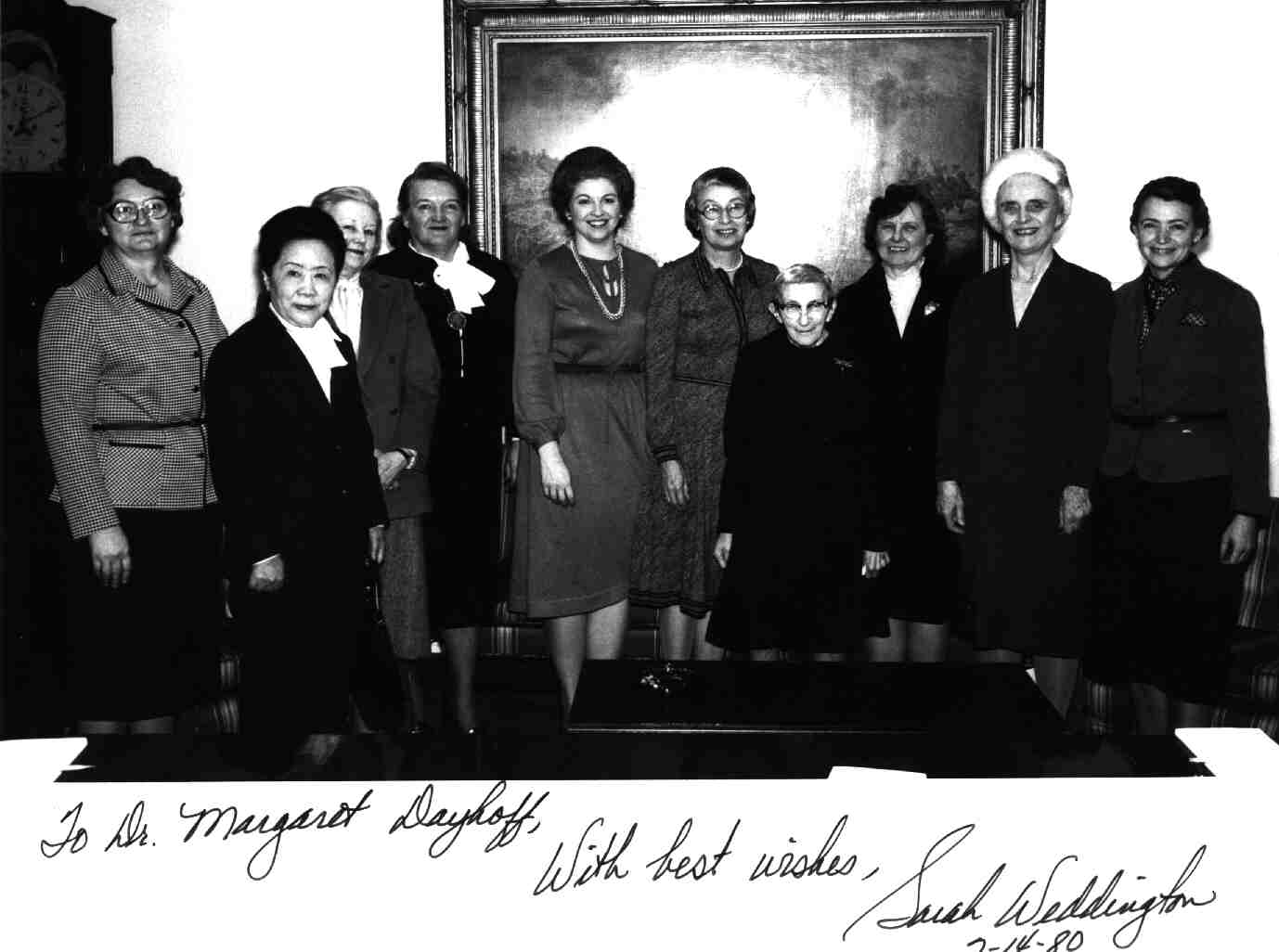
Other work and accomplishments
Wu's book titled Beta Decay (published 1965) is still a standard reference for nuclear physicists.
Dr. Wu later conducted research into the molecular changes in the deformation of hemoglobins that cause sickle-cell disease.
Wu's career presented a number of breakthroughs.
Wu is believed to be the only Chinese person to have taken part in the Manhattan Project.
She also was the first:
Chinese-American to be elected into the U.S. National Academy of Sciences;
Female instructor in the Physics Department of Princeton University;
Woman with an honorary doctorate from Princeton University;
Female President of the American Physical Society, elected in 1975;
Person selected to receive the Wolf Prize in Physics in its inaugural year of 1978.
Wu was one of the first Chinese-American educators to travel to Red China for visits in the 1970s. She also was the first living scientist to have an asteroid (2752 Wu Chien-Shiung) named after her.
Honors
Wu won numerous honors and recognitions:
Member of the National Academy of Sciences (elected 1958)
Research Corporation Award 1958
Achievement Award, American Association of University Women 1960
John Price Wetherill Medal, The Franklin Institute, 1962
Comstock Prize in Physics, National Academy of Sciences 1964
Chi-Tsin Achievement Award, Chi-Tsin Culture Foundation, Taiwan 1965
Scientist of the Year Award, Industrial Research Magazine 1974
Tom W. Bonner Prize, American Physical Society 1975
National Medal of Science (U.S.) 1975
Wolf Prize in Physics, Israel 1978
Honorary Fellow Royal Society of Edinburgh
Fellow American Academy of Arts and Sciences
Fellow American Association for the Advancement of Science
Fellow American Physical Society
At the time of her death, Wu was Pupin Professor Emerita of Physics at Columbia.
Chien-Shiung Wu Memorial Hall
Chien-Shiung Wu has a life long relationship with her alma mater SEU. When she first came back to China mainland from USA in 1973, she payed a visit back to the campus where she studied in her 20s. On July 6th, 1992, both Wu and her husband Yuan joined the celebration of SEU's 90th anniversary. In order to honer this outstanding female alumna, the university named a building Chien-Shiung Hall and a laboratory Chien-Shiung Laboratory. The couple donated 1million dollar to initiate a scientific lecture foundation, which aimed to finance lectures from world-class physicists.

On February 16th, 1997, the beloved lady departed from the world forever. With deep love and respect for the outstanding alumna, SEU started to construct Chien-Shiung Wu Memorial Hall. By the end of 2000, the first batch of Wu's relics were shipped to China. Yuan, Her husband delivered them to the university with sincere tears. Finally, I have brought her belongings back to her motherland, to her beloved alma mater. I have accomplished my dream. Yuan said. On February, 2002, Columbia University donated 88 boxes of her manuscripts and personal letters to SEU.


The four-storey memorialhall showed the medals, certificates she won, the papers, books, paintings, and other stuff she collected, the dresses, desks and jewelries she loved as a lady, and the equipment she used for scientific experiments. She was known through the showpieces, not just as a physicist, but as a brave, outgoing, persistent person.
Nowadays, hundreds of visitors come to the memorial hall everyday, Wu is memorized and admired by scientific workers, teachers and students from China, and the whole world.
